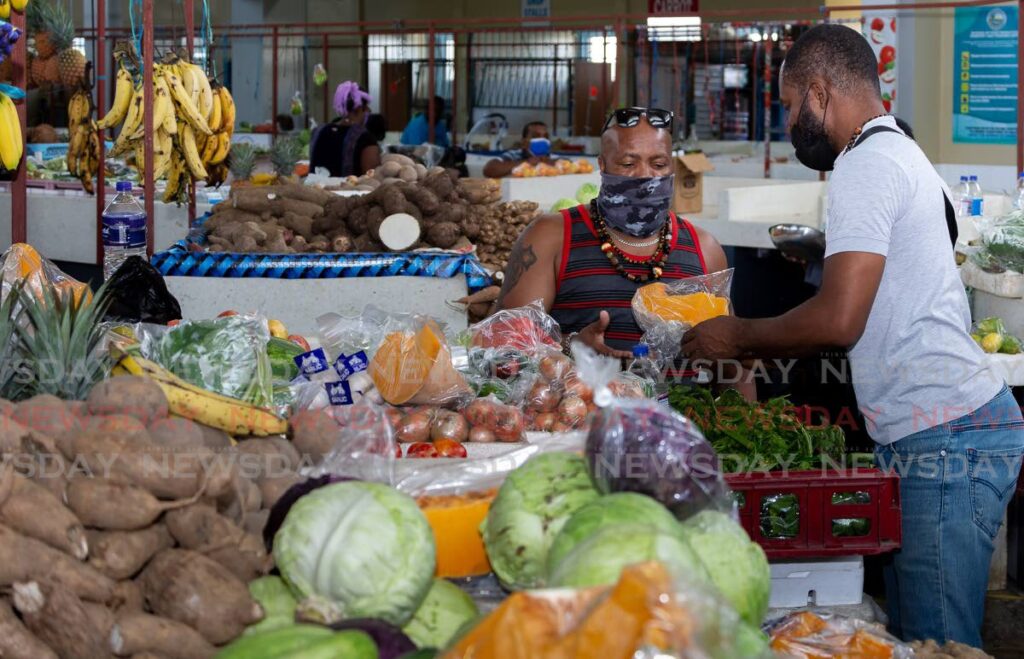Puncturing inflated prices

WHAT GOES up must come down. But that is not always the case when it comes to this country’s food prices.
Trade and Industry Minister Paula Gopee-Scoon’s entreaty to consumers to use their power to bring prices down is a reminder of the intractable nature of increases to the cost of living.
“You have the power to make the choice as to what to buy,” the minister said on Tuesday as she noted global commodity prices were going down. That may well be so, but the solution to this issue is not so simple.
In theory, it should be a straightforward matter. Internationally, as conditions ease, food prices have been going down.
The Food and Agriculture Organisation (FAO) Food Price Index averaged 132.4 points in December last year, down 2.6 points (1.9 per cent) from November. The index dropped nine times in 2022 to stand about 1.3 points or one per cent below its value a year ago.
While we are sure there is an element of opportunism at play, the factors that determine at which price something is retailed can be complicated.
For a start, supermarkets have a range of overheads that have nothing to do with the price of items they sell, such as security costs and the costs of utilities and labour.
The nature of inflation is such that when there is an increase in one area, this tends to migrate into others, sometimes more because of market jitters than anything else.
Price increases can prompt increases in sectors that might otherwise have no relationship. A classic example is the impact of gas prices which travels well beyond the pump to the entire public transport system as well as the price of transported commodities generally.
Even if prices in one area subside, it is often the case that other costs can continue to impact the decision-making of businesses.
Though the market should settle because of competition, that too is not so simple.
Retailers can, as a group, effectively determine the norms of their operations, to the extent that it can become culturally acceptable to take a conservative stance when it comes to reversing increases.
The minister’s entreaty, then, points to the need for stronger medicine.
The State already supports thousands of people who need food support. Government spends more than $200 million annually to provide food cards.
The deeper problem is, of course, the fact that we rely so heavily on imports.
“We import prices,” noted Food Distributors Association chairman Gerard Conyers this week.
And FAO figures suggest decreases are uneven: in some areas, costs continue to be up overall.
This country is not alone when it comes to its over-reliance on imports.
Caricom leaders have attempted to come together to stimulate the growing of the most basic commodities such as the pumpkin and fresh produce we need.
Until we make better headway in this area, consumers will continue to bear the brunt, power and all.


Comments
"Puncturing inflated prices"